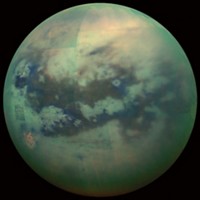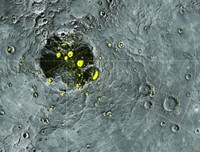Advertisement
Grab your lab coat. Let's get started
Welcome!
Welcome!
Create an account below to get 6 C&EN articles per month, receive newsletters and more - all free.
It seems this is your first time logging in online. Please enter the following information to continue.
As an ACS member you automatically get access to this site. All we need is few more details to create your reading experience.
Not you? Sign in with a different account.
Not you? Sign in with a different account.
ERROR 1
ERROR 1
ERROR 2
ERROR 2
ERROR 2
ERROR 2
ERROR 2
Password and Confirm password must match.
If you have an ACS member number, please enter it here so we can link this account to your membership. (optional)
ERROR 2
ACS values your privacy. By submitting your information, you are gaining access to C&EN and subscribing to our weekly newsletter. We use the information you provide to make your reading experience better, and we will never sell your data to third party members.
Analytical Chemistry
Ethane cloud spied on Titan
September 18, 2006
| A version of this story appeared in
Volume 84, Issue 38
A vast tropospheric cloud of ethane has been sighted near the north pole of Saturn's largest moon, Titan, and scientists think it may partially explain why they haven't seen the expected liquid ethane oceans on that frigid world (Science 2006, 313, 1620). Titan's atmosphere consists mostly of nitrogen and methane. Ultraviolet light from the sun irreversibly dissociates the methane, producing primarily ethane and a host of other organic molecules. Scientists had reasoned that a considerable fraction of the moon's surface would be covered with liquid ethane as a result of eons of methane photolysis. Thus far, condensed ethane hasn't been detected there, although scientists have observed dunes that likely contain solid organic material. Now, judging from spectral images taken by the Cassini orbiter, it appears that at least some of the missing ethane has condensed in a vast cloud 30-50 km above the moon's north pole, according to a team led by Caitlin Ann Griffith of the University of Arizona. The scientists speculate that, under certain conditions, the precipitating ethane could accumulate as ice at the poles.





Join the conversation
Contact the reporter
Submit a Letter to the Editor for publication
Engage with us on Twitter